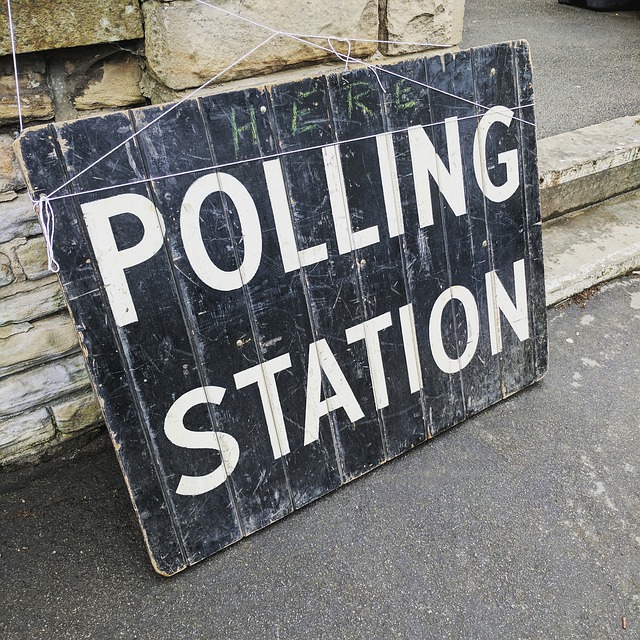
Acquiring information is costly in terms of time and effort and people rely on various short-cuts when making choices. This is particularly pronounced in politics, where many voters reduce the costs of acquiring information for an election by relying on easily-available information, such as candidate photos. Research suggests that political candidates who look more attractive or competent have an electoral advantage around the world, with studies now available for Germany, Finland, Australia, the US, and others. While effects of the appearance of candidates on electoral success have been established, it has been an open question what the political consequences are.
Candidates’ looks affect political competition both within and between parties, for both male and female politicians and in both local and national politics. The beauty premium in politics may put parties at an advantage or disadvantage and in this way influence subsequent policies. Furthermore, by influencing the chances of a candidate during individual races, it affects incentives to enter politics, encouraging entry by the good-looking and discouraging those who are less attractive.
Voters who are politically uninformed are especially persuaded by good looks, since beauty is easy to observe. This effect is most likely to occur in elections at lower-level offices, when there is less other information about the candidates. As a result, this may even mean that they vote against their interests. However, to a certain extent, voters can infer candidate ideology from appearance by using beauty as a cue for conservatism when they do not know much about candidates. Research has shown that there is a considerable beauty premium in the labor market. Thus, as beautiful people earn more, it is in their self-interest to be less supportive of redistribution, and they are more likely to adopt conservative values. Against this backdrop, voters are likely to use beauty as a cue for conservatism.
Voters on the right and on the left politically both reward beauty by using it as a cue for competence. Since beauty is also a cue for conservatism, voters on the right who are themselves conservative are even more inclined to vote for good-looking politicians. For voters on the left, it creates a conflict of competing forces, since beauty indicates both competence and conservatism. Nonetheless, the positive effects of beauty dominate and better looking candidates are favored regardless of voters’ political preferences. Evidence from experimental elections shows that voters on the right value beauty to a greater extent than voters on the left. Evidence from real elections shows that the beauty premium in intra-party competition is larger among parties on the right as opposed to the left in elections where voters have little information; but the beauty premium is about the same across parties in high-information elections.
Taken together, findings that politicians on the right are more beautiful and that voters on the right and on the left tend to favor better looking candidates suggest that the role of beauty tilts political outcomes towards the right. The advantage for parties on the right arises among swing voters who are willing to consider voting for a candidate representing either the political left or the political right, and use short cuts such as candidate pictures to make their decision.
© Panu Poutvaara
Read Panu Poutvaara's article How do candidates’ looks affect their election chances?
Please note:
We recognize that IZA World of Labor articles may prompt discussion and possibly controversy. Opinion pieces, such as the one above, capture ideas and debates concisely, and anchor them with real-world examples. Opinions stated here do not necessarily reflect those of the IZA.